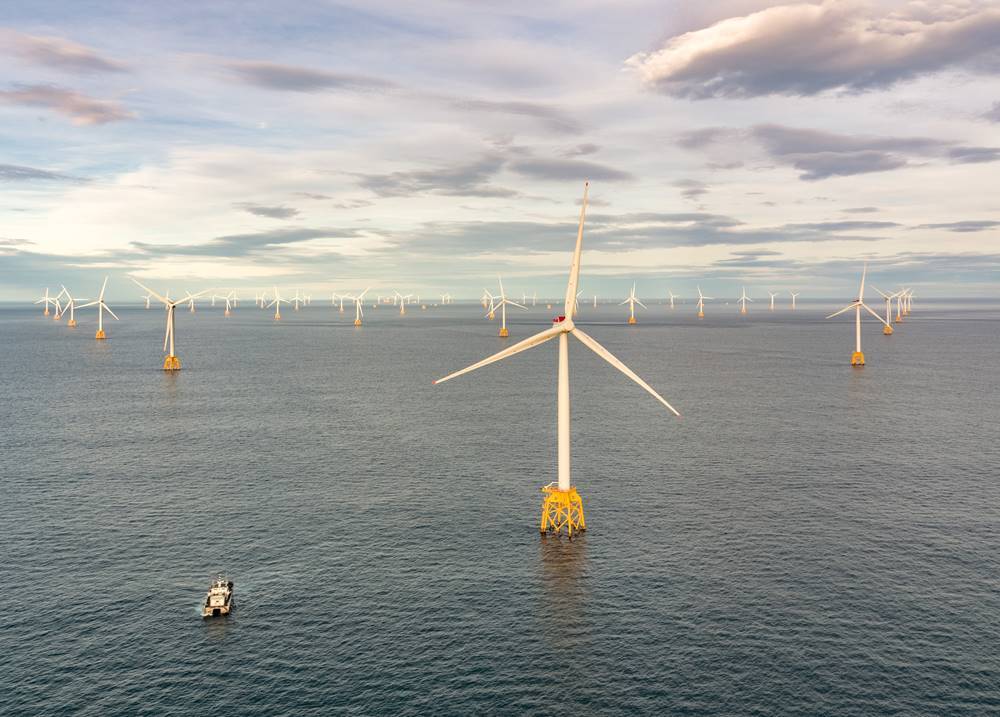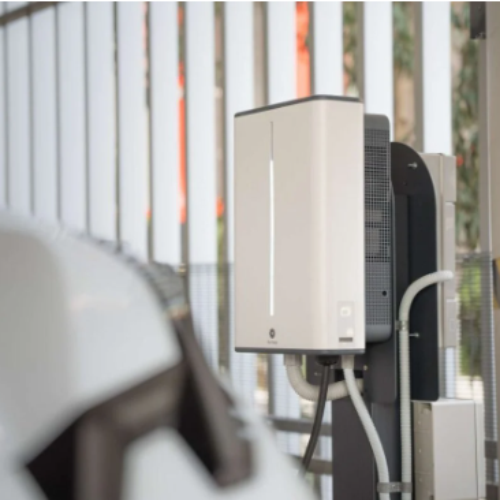Wind power returned last weekend following a relatively still period, sending spot prices into the negative for extended periods.
Over the course of the last four days (Friday 30 August – Monday 2 September 2019), spot prices have fluctuated wildly amidst favourable conditions for renewables – wind and solar enjoyed periods of generating upwards of 45% and 20% of the nation’s demand respectively – matters which ultimately led to periods of wind power curtailment.
This was most prevalent in the early hours of Friday, when between 00:45 and 05:45 spot prices were either negative or priced at £00.00.
The most significant drop in pricing occurred on Saturday afternoon, when prices dropped between 15:15 and 17:45, falling to as low as -£65.93/MWh.
In total, over the course of the last four days, there have been 13 hours where spot prices have stood at £00.00/MWh or below.
Negative pricing has been amongst the foremost trends to impact the UK power market this year, driven by additional renewables capacity. Instances of negative pricing have risen sharply in 2019, albeit stemming from a number of isolated incidents.
In May spot prices turned negative for nine consecutive hours on a Sunday afternoon in what was described as an “extraordinary turn of events”, predominantly attributed to national demand falling to nearly 2GW below National Grid forecasts.
It beat a previous incident in March where an “unprecedented” series of events sent the UK’s spot price negative for six straight hours.
Such instances are only set to become more prominent in the future, market analysts have warned, with Cornwall Insight in particular forecasting that negative imbalance periods could spiral out to 2034.
Meanwhile, it has also had an impact on the average carbon intensity for power generation during these times. Last weekend saw average carbon intensity stand at around 117g, 98g, and 112g CO2 per kilowatt hour on Friday, Saturday and Sunday respectively.






